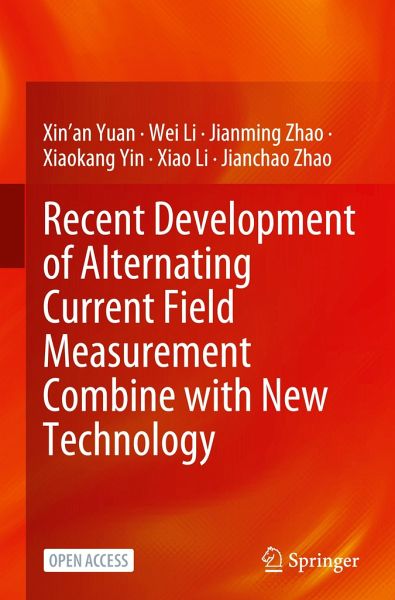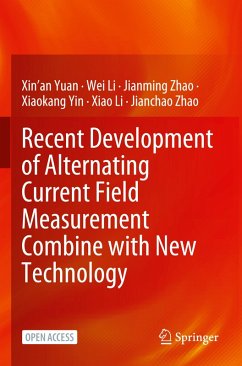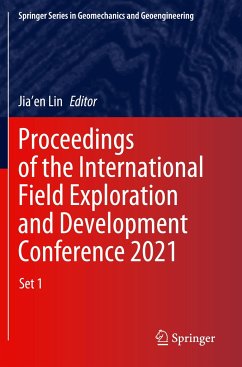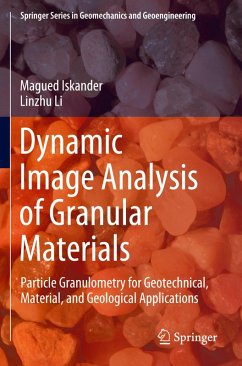
Recent Development of Alternating Current Field Measurement Combine with New Technology

PAYBACK Punkte
19 °P sammeln!
This open access book can be divided into three parts. In part 1, three articles are employed to introduce the RACFM technology. In part 2, two articles are introduced to explain the Multifrequency ACFM. In part 3, three articles are introduced to explain the visualization research in ACFM. With the development of ACFM detection technology, traditional single excitation frequency and single direction excitation structures cannot meet the requirements of multiple types of defect detection (such as cracks at different angles, and buried defects). New types of excitation structures and methods ha...
This open access book can be divided into three parts. In part 1, three articles are employed to introduce the RACFM technology. In part 2, two articles are introduced to explain the Multifrequency ACFM. In part 3, three articles are introduced to explain the visualization research in ACFM. With the development of ACFM detection technology, traditional single excitation frequency and single direction excitation structures cannot meet the requirements of multiple types of defect detection (such as cracks at different angles, and buried defects). New types of excitation structures and methods have been proposed, mainly including rotating electromagnetic field detection, multi-frequency detection, and defects visual algorithm. The changes in the excitation structure and signal mentioned above have expanded the scope of application of ACFM detection and provided opportunities for the cross-integration and innovation of ACFM detection technology with other advanced detection methods. This book mainly focuses on the study of the rotating alternating current field measurement (RACFM), the multifrequency ACFM, and the visualization method in ACFM.












